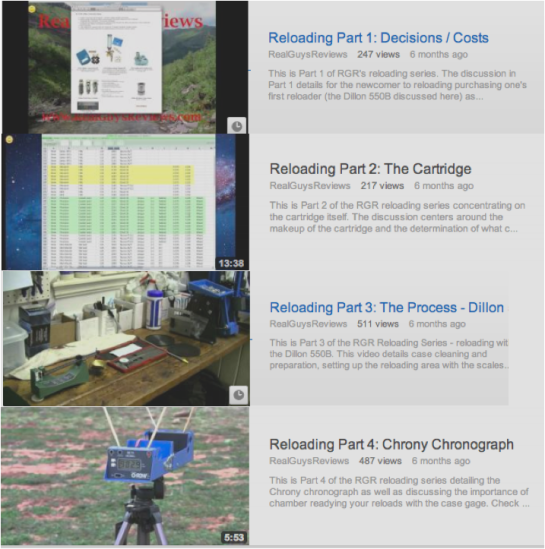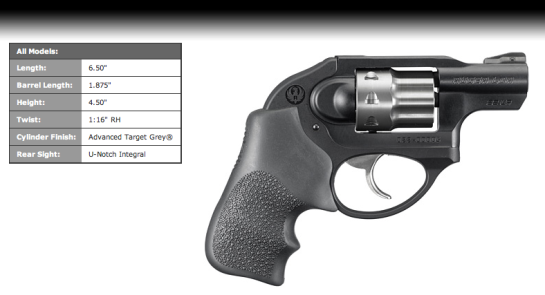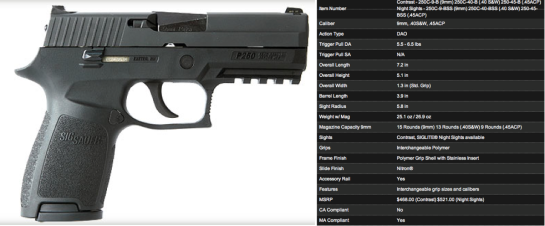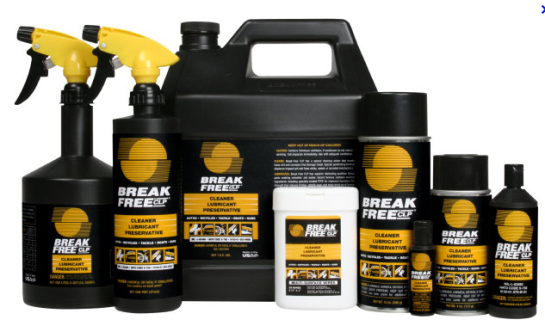
The Kahr PM (Polymer Micro) series – noteabley the PM9 – set the standard for light weight concealed carry – pocket pistols. Like the other Kahr product lines, it is a DAO, hammerless, striker fired, short recoil, semi-automatic pistol.
The PM series gained in popularity almost immediately changing from the carbon steel frame of the 24 oz K series to a small and light 16 oz gun with a polymer frame. All other quality aspects of the gun remained the same.
PM pistols, as in the K series, have polygonal rifling barrels – noted for better accuracy, more consistent velocity and less fowling – and are known especially for their smooth DAO, 5 pound or so trigger – not needing nor having a manual safety. This Kahr trigger is similar to a very smooth double action only revolver trigger with a short 3/8 inch travel.
The PM series is noted for having a fully enclosed trigger draw bar and the engineering design work necessary to fit it inside the cramped space of the receiver resulting in several beneficial changes.
One such change was that the cartridge feed ramp had to be offset, which in turn allowed the overall receiver design to be thinner. It also permitted the slide to be more squat with a low bore axis, resulting is less muzzle rise and flip; thus a thin, minimal recoiling, lightweight gun.
The PM9 weighs 15.9 ounces, has an overall length of only 5.3 inches, a narrow width less than 1 inch at .90 inches, height of 4.0 inches, a 3.0 inch barrel with 1:10 right hand twist, drift adjustable white bar-dot combat sights/optional tritium night sights, two magazines – one 6 round flush fit, and one 7 round extension and a fairly hefty MSRP of $786.
Overall, an important innate advantage of the Kahr pistol design is that it is identical in function and trigger action across virtually all Kahr models, meaning that once a user becomes familiar with the handling characteristics and ‘feel’ of one model, the learning curve for mastery of other Kahr firearms is much shorter.
For more details view our RGR video “Kahr Arms / Overview…”





